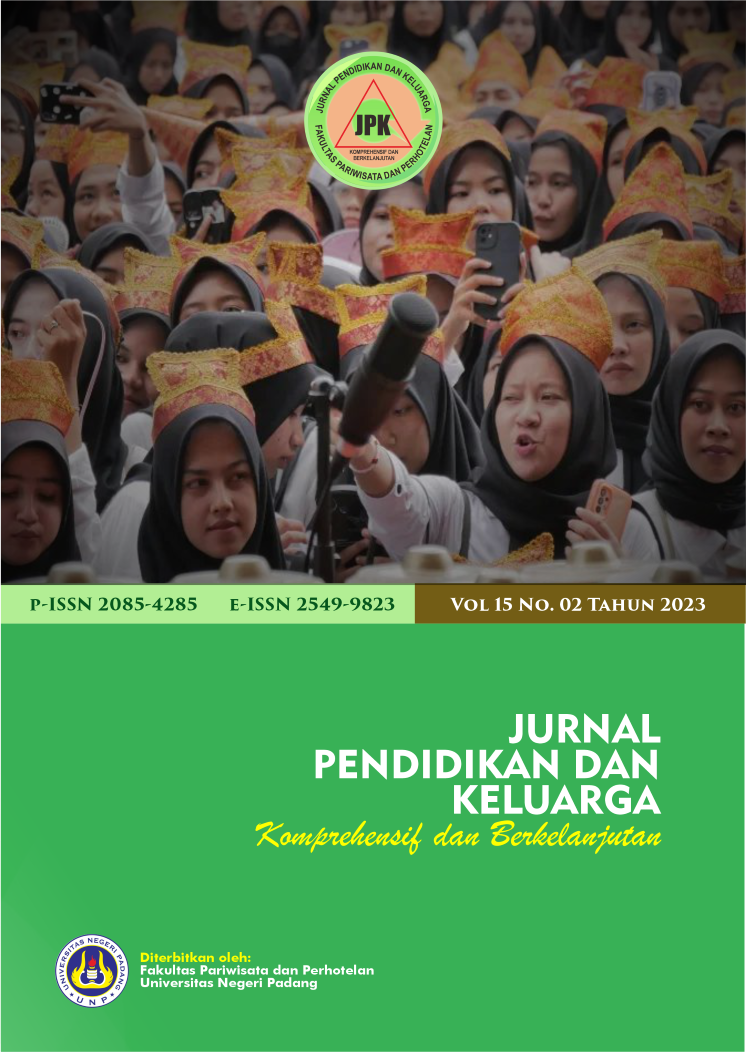Analysis of Clothes of Persons With Disability with Palsy Cerebral for Adolescents Based on Topography
Main Article Content
Abstract
This study aims to determine needs about form of clothing for disabled people with cerebral palsy for young women. The research was conducted at Development Foundation for Children with Disabilities, Jakarta. 5 respondents with disabilities were grouped into 2 group based on topography or the number of disabilities in their bodies. The research method used is qualitative with a case study research approach. The result of this study indicates the need for dress form according to the conditions of type of disability based on the topography, namely diplegia and triplegia. Respondents still need help from others in dressing; experiencing difficulties in dressing; comfort and like the position of the front opening; can use types of openings such as zippers, buttons, and velcro; having difficulty with eye and hand coordination so it is more comfortable to use buttons that are not too small such as medium size buttons with less buttons. Respondents use pants for their daily clothes; baggy pants size maxi, midi and angkel size. The type of materials used are materials that fall, not too stiff and cool, colors suitable for adolescents can be dark but not black so they are not easily dirty, comfortable and prefer looser clothes; comfortable wearing more closed clothes; comfortable using thin cotton. On average, respondents having no problem in choosing colors on clothes, but rather on models and openings that need special creation based on topographic types.
Article Details

This work is licensed under a Creative Commons Attribution 4.0 International License.

Jurnal Pendidikan dan Keluarga is an Open Access Journal. The authors who publish the manuscript in this journal agree to the terms of Lisensi Creative Commons Atribusi 4.0 Internasional. This permits anyone to copy, redistribute, remix, transmit and adapt the work provided the original work and source is appropriately cited. This means: (1) Under the CC-BY license, authors retain ownership of the copyright for their article, but authors grant others permission to use the content of publications in Jurnal Pendidikan dan Keluarga in whole or in part provided that the original work is properly cited. Users (redistributors) of Jurnal Pendidikan dan Keluarga are required to cite the original source, including the author's names, Jurnal Pendidikan dan Keluarga as the initial source of publication, year of publication, volume number, issue, and Digital Object Identifier (DOI); (2) Authors grant Jurnal Pendidikan dan Keluarga the right of first publication. Although authors remain the copyright owner.
